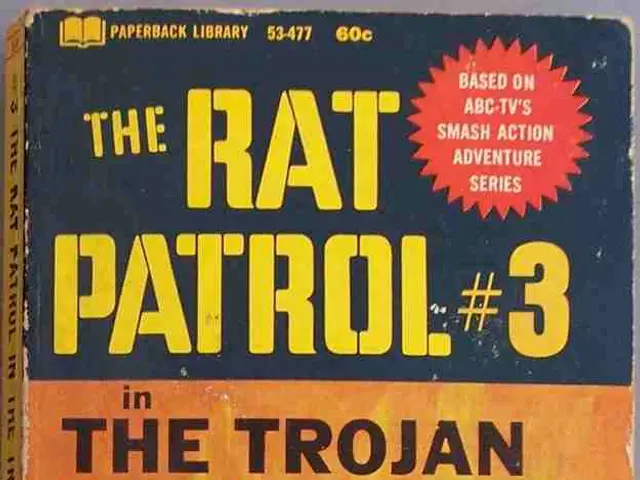Shape Your Enterprise through "Competing Against Luck" Strategy
In the world of business, understanding consumer behavior is crucial for successful innovation. One theory that has gained traction is the Jobs-to-Be-Done (JTBD) theory, introduced in the book "Competing Against Luck" by Clayton Christensen and his co-authors, published in 2016.
At its core, the JTBD theory posits that consumers hire products to do specific jobs, aiming to make progress in particular circumstances. For instance, a milkshake purchase might perform a larger job: for some people, it makes driving to work more enjoyable and precludes getting hungry during a morning meeting.
The theory is compelling, but it may not be equally applicable to all industries or product types. However, companies that have embraced JTBD have reaped significant benefits. Sony, for example, sold over 330 million units of the Walkman and inaugurated the worldwide proliferation of personal music-playing devices.
Amazon, Intuit, and Uber are among the successful companies that have applied JTBD to create products that fulfill unmet customer needs. Amazon prioritizes delivery times over shipment times to measure performance, while Akio Morita, the founder of Sony, observed "how people live" to find intuitive inspiration for products.
One company that saw remarkable growth by applying JTBD was a Detroit-area condo builder. Facing a slumping real estate market in the mid-2000s, the company asked consultant Bob Moesta for help. Moesta grasped the multilayered Job to Be Done: the company was not just building condos; it was "moving lives." The company responded with redesigns that enlarged dining rooms by shrinking second bedrooms. They arranged moving companies for buyers and gave them up to two years of free storage. The result was a 25% business growth in 2007, a time when sales dropped 49% in the rest of the Detroit-area condo market.
The authors of "Competing Against Luck" argue that companies practicing JTBD know their understanding of consumer behavior helps predict successful innovation. They provide a framework for identifying and analyzing jobs-to-be-done, including understanding job creation circumstances, identifying functional, emotional, and social dimensions, recognizing forces that compel or hinder progress, and developing solutions that address the entire job.
The authors emphasize focusing on the progress customers want to make in their lives, rather than on product features or customer demographics. They warn that often the biggest competitor is not another product, but "nonconsumption" - people's decisions not to buy anything to solve a job.
The book also challenges businesses to look beyond traditional market segmentation and product-centric thinking. Finding unsolved customer jobs involves observing everyday life and assembling a narrative that details the Job to Be Done.
However, the theory could benefit from more guidance on implementing JTBD in organizations, especially in overcoming resistance to change. The book clarifies consumer behaviors that impel opportunities for innovation, such as when consumers find ways to work around or compensate for jobs that have no great solutions, signaling new product or service opportunities.
One such opportunity is addressed by QuickMedx, a predecessor of MinuteClinics in CVS drugstores, developed by Rick Krieger, a graduate of Harvard Business School. Krieger addressed the negative job of a busy parent who doesn't want to see the doctor when their child has a sore throat.
American Girl dolls, which are racially and ethnically diverse and express feelings their preteen owners may share, command premium prices because buyers are purchasing both a well-made doll and a rich emotional experience.
To ensure that a new product will succeed, companies should address each dimension of the job the product does, including its social and emotional facets, and should deliver customer experiences that fulfill expectations and make it hard for competitors to imitate.
In conclusion, the Jobs-to-Be-Done theory offers a valuable framework for understanding consumer behavior and predicting successful innovation. By focusing on the progress customers want to make in their lives, businesses can create products that truly meet their needs and drive growth.
Read also:
- Peptide YY (PYY): Exploring its Role in Appetite Suppression, Intestinal Health, and Cognitive Links
- Toddler Health: Rotavirus Signs, Origins, and Potential Complications
- Digestive issues and heart discomfort: Root causes and associated health conditions
- House Infernos: Deadly Hazards Surpassing the Flames








